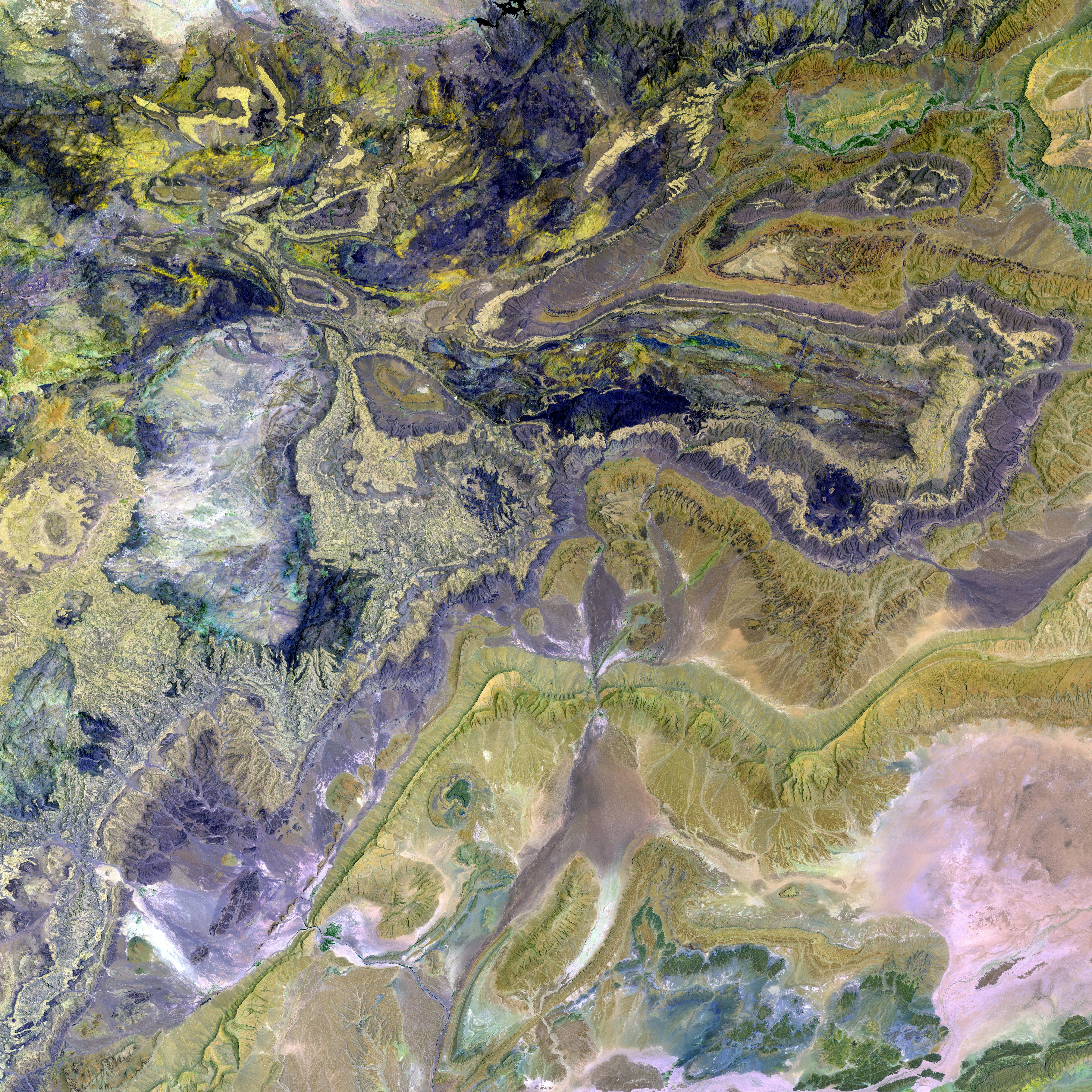Scientist reveals dopamine's role in fueling addiction and zapping drive
In a revised perspective, dopamine—a neurotransmitter that facilitates communication between nerve cells—does more than facilitate pleasure during enjoyable experiences. It drives us to want things, fueling our cravings and making us more likely to pursue rewards.
For instance, consider the last time you experienced an intense longing for a particular food. Was it the memory of intense pleasure that sparked your desire, or was it a strong compulsion to satisfy your craving right away? This irresistible urge is primarily driven by dopamine, shedding light on its vital role in our everyday motivation and the development of addiction.
Dopamine is a versatile molecule that plays a key role in various essential functions, including the regulation of movement, motivation, reward, learning, and memory formation. Interestingly, dopamine is not produced exclusively in the brain—it is also synthesized in the kidneys and intestines within the peripheral nervous system.
A significant area in the brain where dopamine exerts its influence is the mesolimbic pathway, which connects the ventral tegmental area to the nucleus accumbens and forms a vital part of the brain's reward system. When we engage in activities that we find pleasurable, or when we anticipate receiving a reward, dopamine is released within this pathway, acting as a reinforcing signal that prompts us to repeat the behavior.
Contrary to popular belief, addiction does not arise from a dependence on dopamine itself. Rather, it comes from behaviors or substances that trigger an excessive release of dopamine in the brain. Addictive substances, such as drugs, alcohol, and nicotine, as well as certain behaviors like excessive gaming or social media use, trigger exceptionally potent and rapid surges of dopamine in the nucleus accumbens.
These dopamine surges are much more rapid and intense than the ones associated with natural rewards. A greater speed, intensity, and reliability in promoting dopamine release make addictive substances or activities more likely to lead to compulsive use. Over time, the brain begins to adapt to these intense dopamine floods, often involving the production of less dopamine or the reduction of dopamine receptors, a process known as downregulation.
This adaptation can lead to tolerance and dependence, fueling the persistent cycle of addiction. The brain starts to associate environmental cues with the experience of using the substance or engaging in the behavior, which can then trigger dopamine release and intense cravings, even in the absence of the substance itself.
The chronic overstimulation of the dopamine system through addiction can significantly impact motivation. As a result, individuals may experience anhedonia, a marked inability to experience pleasure in activities they previously found enjoyable. This shift in the brain's reward circuitry diminishes the capacity to sustain motivation and enjoy everyday life.
In conclusion, dopamine plays a significant role in motivation, addiction, and habit formation, going far beyond its function as a mere pleasure chemical. Its role in driving us to want things and reinforcing reward-seeking behaviors is crucial for understanding the complex relationship between dopamine, addiction, and our everyday motivation.
In this context, dopamine's influence on the brain's reward system, particularly in mental health, extends to various conditions such as addiction and mental health disorders, where substances or activities that trigger excessive dopamine release can lead to neurological disorders like addiction. Additionally, the chronic overstimulation of the dopamine system due to addiction can impact health and wellness by causing a marked inability to experience pleasure (anhedonia) and reducing overall motivation.




